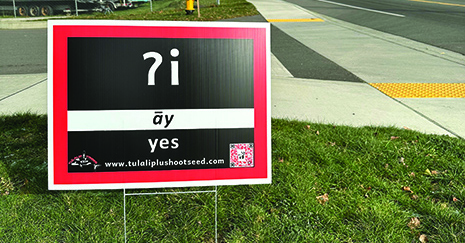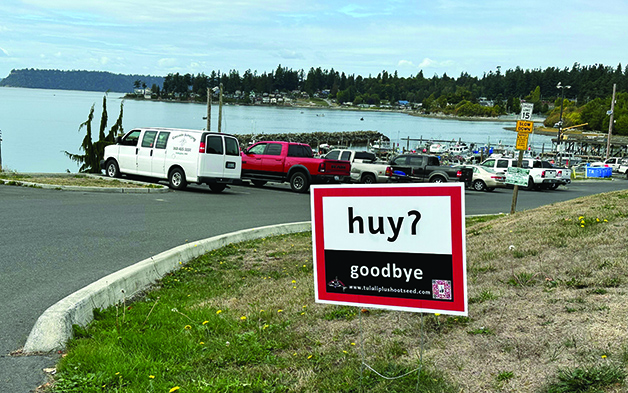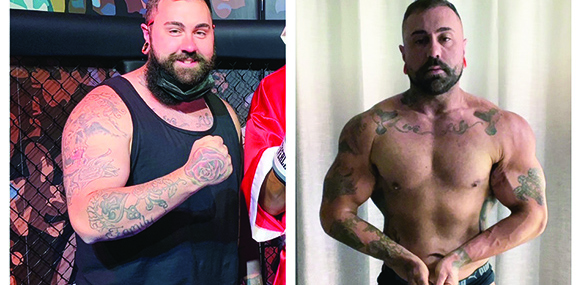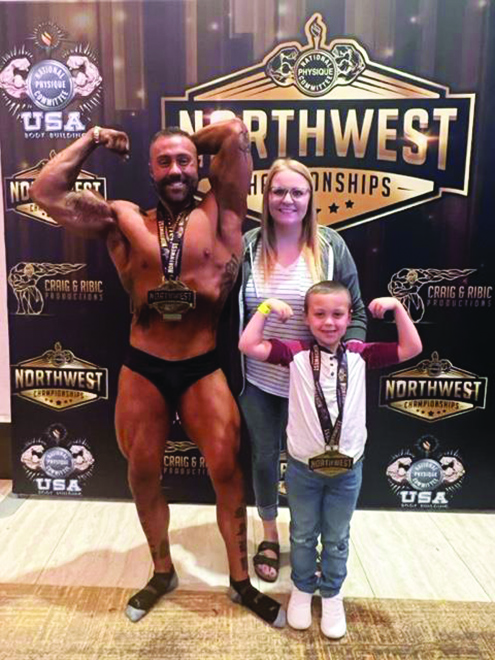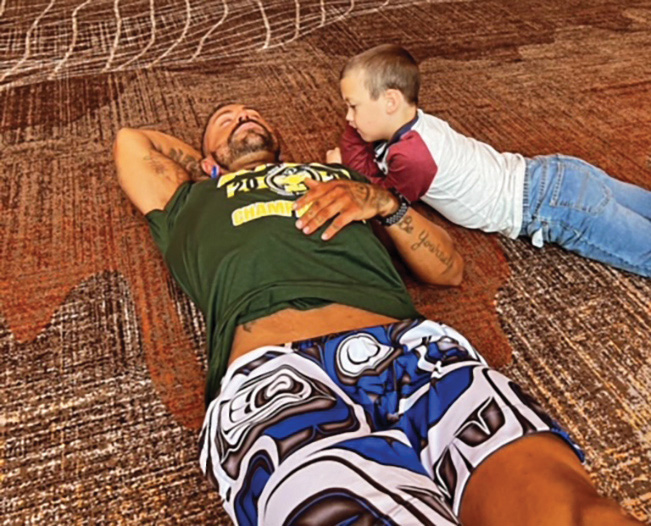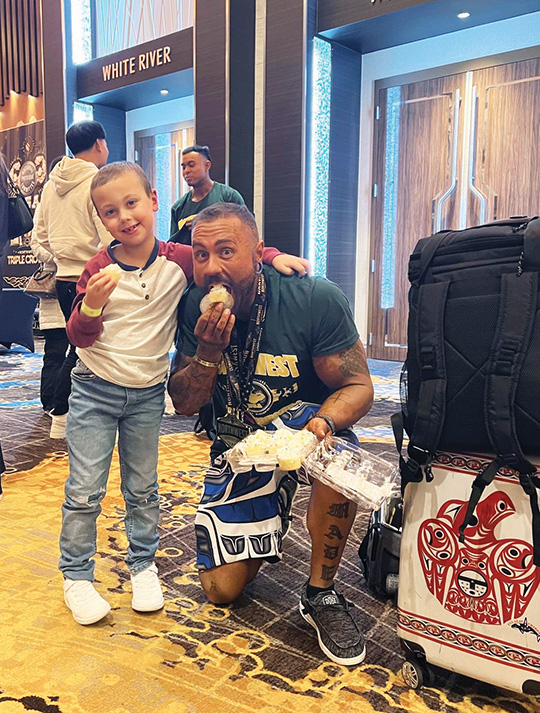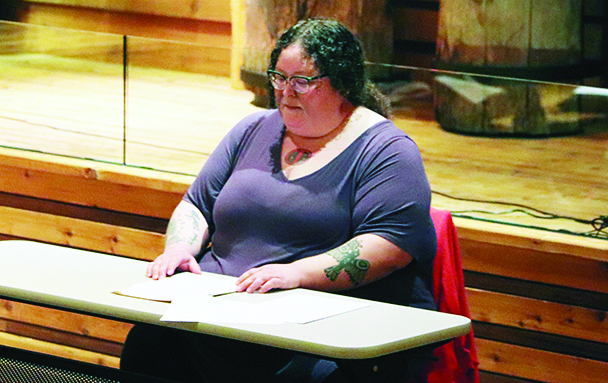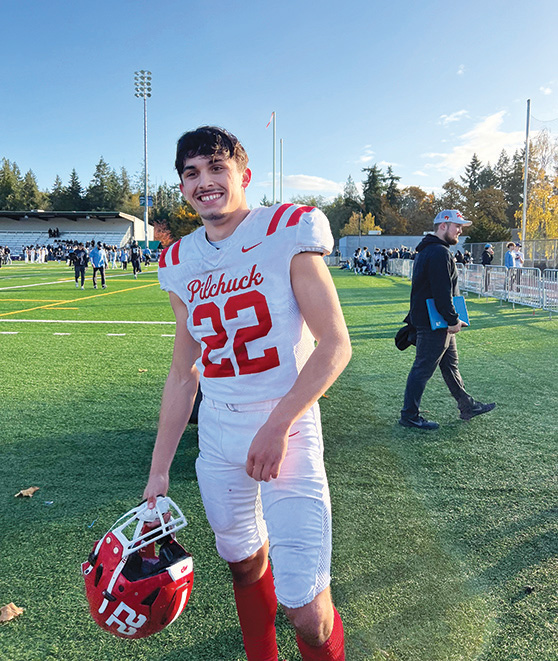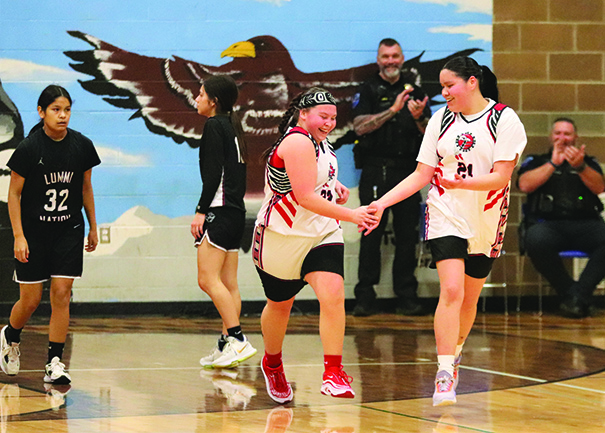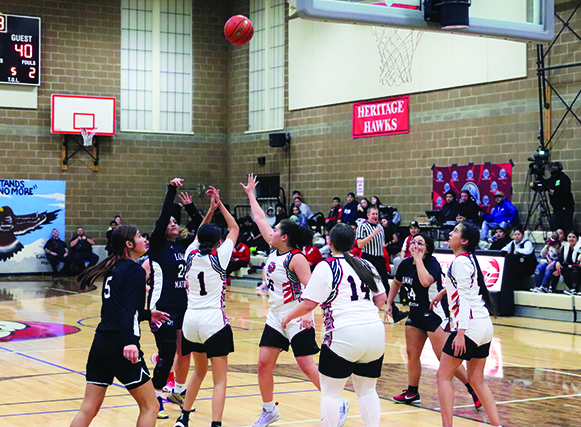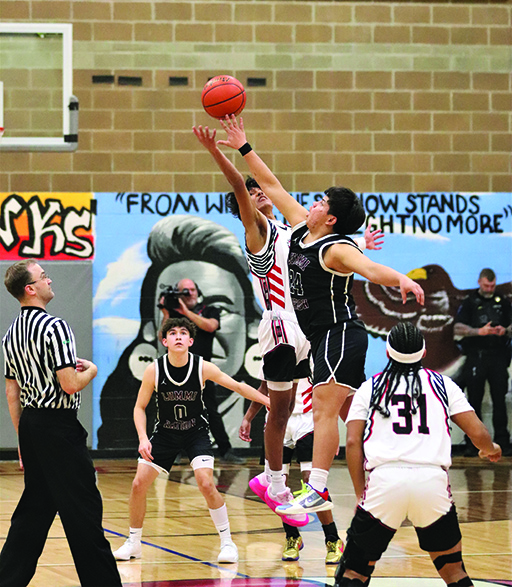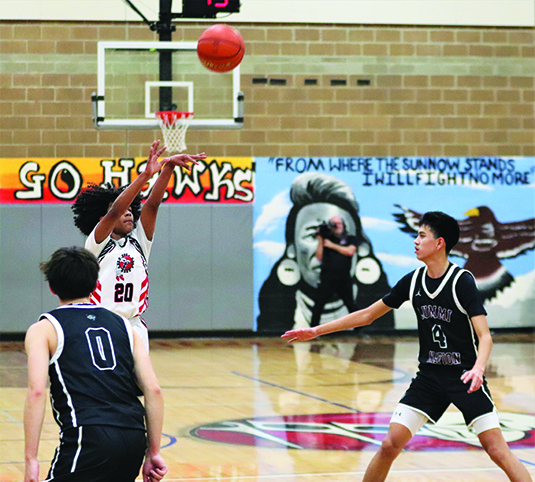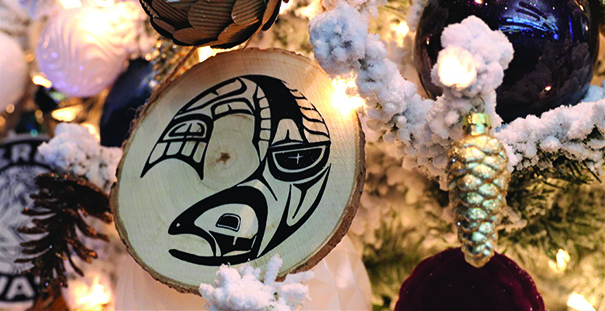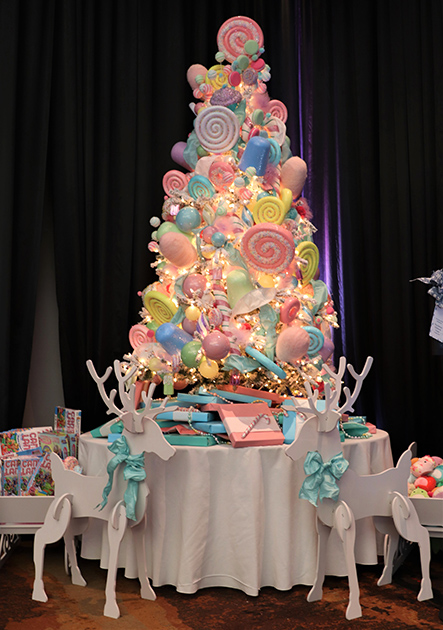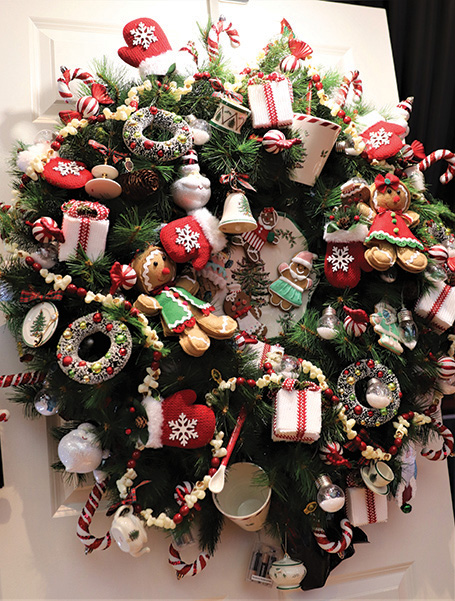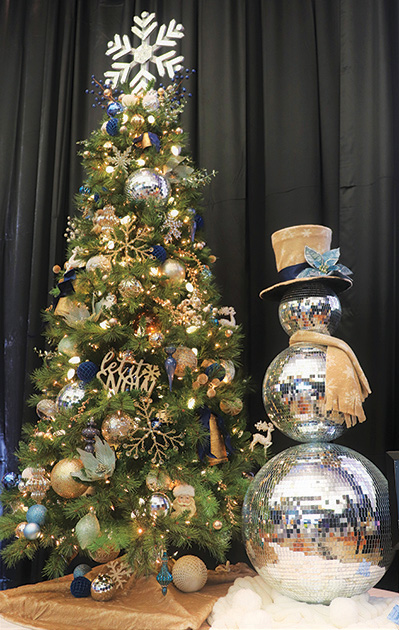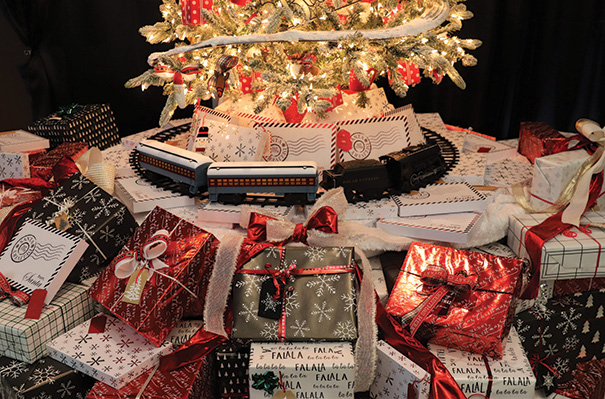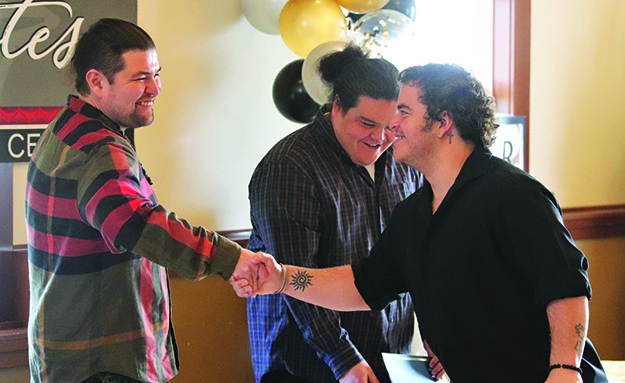
By Micheal Rios, Tulalip News
New year, new me. A popular phrase used to express the idea of a fresh start. The sentiment behind the phrase suggests a desire for change, self-improvement, and the opportunity to reshape one’s future. A simple, four-word phrase with a larger-than-life meaning that truly encompasses the long-held tradition of New Year’s resolutions.
Each year, as the calendar turns from December to January, many people find themselves inspired to pursue fresh opportunities and set ambitious goals. For those considering a shift in their professional trajectory, New Year’s resolutions can serve as a guiding force by offering a structured roadmap for personal and career growth.
At the heart of the New Year’s resolution process could be the pursuit of clarity in one’s career aspirations. Whether it’s a desire for a career change or the acquisition of new skills, resolutions provide the foundation for a clear and well-defined path forward. For resolutioners unafraid of getting their hands dirty and learning the true meaning of a hard day’s work, there is an abundance of opportunity within the construction industry. That’s where Tulalip’s own TERO Vocational Training Center (TVTC) comes in, manifesting itself as an actual lifeline to those looking to construct new careers.
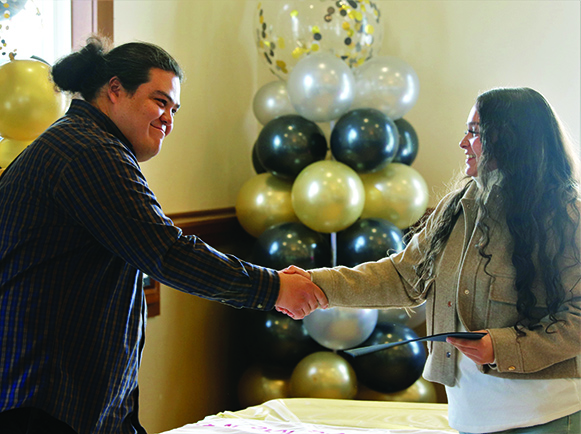
“Not everybody wants to be a doctor or lawyer. Not everybody wants a desk job. I’m a lifetime fisherman that started a construction company when it became apparent we could no longer sustain ourselves simply by living off the land,” explained former board of director Glen Gobin. “Some want to be outside working with their hands. That’s what brings people to our training program. It gives them an opportunity to get exposure to all the different trades, learn how to function on a job site and how to get work. Graduates of TVTC enter a section of the workforce that is in high demand.”
Whether it be laborer, carpenter, ironworker, electrician or heavy equipment operator, there are countless positions available for work and advancement within the trades, especially for sought after minorities like Native Americans and women. A major access point for entry into these desirable career paths for tribal citizens and their families continues to be the one-of-a-kind TVTC.
Along the I-5 corridor, from Olympia to Mt. Vernon, construction projects are booming and many on-site jobs continue to go unfilled. While other career pathways may be oversaturated and hard to come by, those within construction trades are thriving. According to the U.S. Department of Labor, open construction positions are expected to increase by more than 700,000 jobs nationally through 2028, a faster growth than any other occupation. In Washington State alone, there are nearly 3,000 unfilled construction jobs that pay much more than the average state wage.
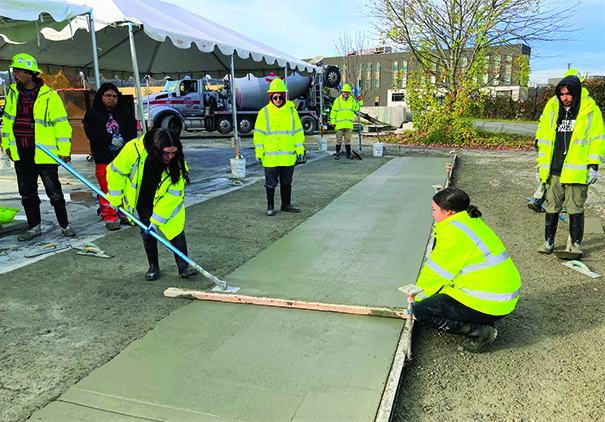
Brighter horizons and prospects galore were among the reasons family and friends gathered to celebrate the latest TVTC graduation. Fourteen students (including twelve Tulalip citizens) were honored with a banquet for their commitment to building a better future. Among those in attendance were trade union representatives, construction company managers, and a horde of cheerful family members.
“Being a part of the community and actually living in the same neighborhood as a couple of the students, they’ve all made me so proud over the last couple months as I watched them step out of their comfort zones, learn so many practical skills, and become graduates ready to enter a new workforce,” said TVTC’s newest instructor and homegrown Tulalip citizen, Lukas Reyes Sr. He brings nearly three decades of construction experience and all manner of past leadership roles to his latest venture as TVTC instructor. “Something I reiterated to them over and over again was the importance of taking pride in their work and to never sell themselves short, but instead place high expectations for both themselves and their quality of work.
“Being a construction worker, a laborer, a carpenter, these are just labels on the job site. I want our people to know that within the construction trades industry, they can also be artists,” continued Lukas. “From look to design to install and custom work, being a builder means seeing what is not there and creating what needs to be. That takes artistry. I have full confidence that our graduates can become artists in whichever construction field they decide to enter.”
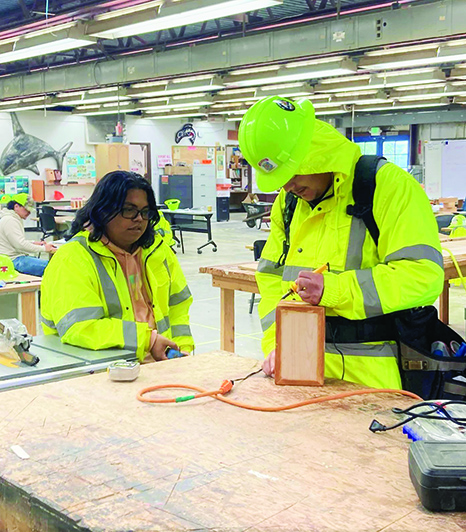
Embarking on a new career often requires personal development. Resolutions that include goals related to gaining new skills and know-how or even completing past goals that went unfilled, like not earning a high school diploma, can all be achieved through TERO’s training center. Twenty-two-year-old Kiara Jones is a shining example of this.
“I [acquired] hands-on skills so that I can fix or build anything around the house, from patching holes in the wall to common plumbing issues in the bathroom or kitchen,” said TVTC graduate Kiara. “Before taking this class, I only had retail experience. Not having my high school diploma really limited me, but with the help of the TERO staff, who were my support system and helped me stay motivated, I earned my diploma.
“If I’m being completely honest, before this class I didn’t know where I was going. I didn’t have skills for a fulfilling job, and I didn’t have a diploma. When filling out job applications, one of the first questions was, ‘Do you have a high school diploma?’ and having to check the no box doesn’t feel good,” she confessed. “Now, I feel great knowing that I have my diploma and all these skills that are in high demand. Looking into the future, I’m thinking of becoming an electrician apprentice. Just being able to say that out loud now is a game changer.”
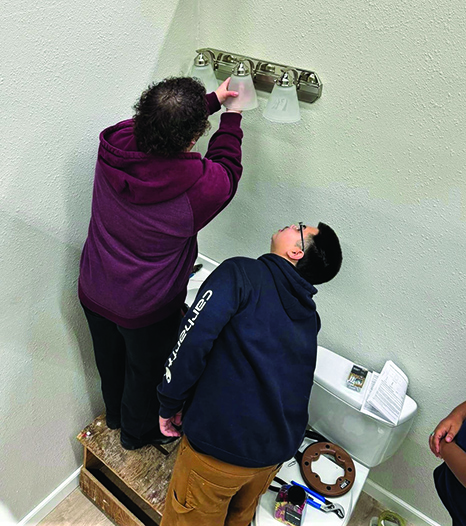
The sixteen-week TVTC program provides 455 hours of hands-on instruction, strength-building exercises, and construction skills that can last a lifetime. In addition, students are trained and earn certifications in flagging, first aid/CPR, industrial forklift and scissor lift, 40-hour HAZWOPER, and OSHA 10-hour safety.
Six months removed from receiving his Master’s Degree from Washington State University, local podcast personality Dom Joseph added to his skillset by being among the latest TVTC graduating cohort.
“It’s important to me to create as many opportunities as possible here at home to carve out a career or to have the flexibility to change careers if need be,” shared Dom. “The inclusivity of having a good network of people within the trades is super valuable. Plus, my brother has taken this class, and my girlfriend’s brother as well, so being able to add to that tight-knit construction community is cool. My grandpa has been a carpenter his whole life, so being able to speak his language now makes me eager to build some stuff with him.
“Looking back at all the career fields we dabbled in, I’d say there’s a plumbing aspect that stood out to me,” he added. “I’ll be keeping my eyes open to all the possible routes from here, but what I’ll remember most is the good group of people and the awesome experiences we shared. Maybe I’ll be able to come back one day as a plumber and share what plumbing is like to a future class. The instructors here (Lukas, Jared, Lisa and Billy) do such a great job and give it a real family vibe that they welcome back graduates to share their positive experiences in the trades with the students. Those experiences let us know what great things are possible for us out there.”
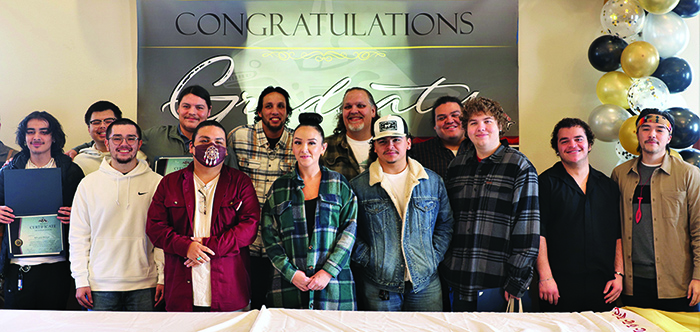
With hundreds of skilled trade workers retiring every day across the state, the construction industry needs the next-generation workforce to help build an ever-growing Puget Sound community. According to the Associated General Contractors of America, construction employment climbed by 17,000 jobs in December alone, while hourly earnings continue to rise at a faster clip than other industries. These are job opportunities that actually pay a living wage and are available to people straight out of TERO’s training center.
Those interested in being among the next available TVTC cohort or would like more information about the program, please call (360) 716-4760 or email tvtcstaff@tulaliptribes-nsn.gov
Tulalip TERO is actively recruiting for its winter cohort that begins January 29. Don’t miss out on this life-changing opportunity to pronounce new year, new me with a new career.

